Vomiting diarrhea headache no fever. Vomiting, Diarrhea, and Headache Without Fever: Understanding Norovirus and Other Causes
What are the common causes of vomiting and diarrhea without fever. How can you differentiate between norovirus and other gastroenteritis-causing pathogens. What are the risks associated with these symptoms and when should you seek medical attention.
Understanding Norovirus: The Leading Cause of Gastroenteritis
Norovirus is a highly contagious virus that causes gastroenteritis, often referred to as the “stomach flu.” It’s important to note that despite this common nickname, norovirus is not related to influenza. This virus is responsible for a significant portion of non-bacterial gastroenteritis cases worldwide.
How does norovirus spread? The virus is primarily transmitted through:
- Direct contact with infected individuals
- Consuming contaminated food or water
- Touching contaminated surfaces and then touching your mouth
Norovirus is notorious for causing outbreaks in closed environments such as cruise ships, nursing homes, and schools due to its highly infectious nature and ability to survive on surfaces for extended periods.
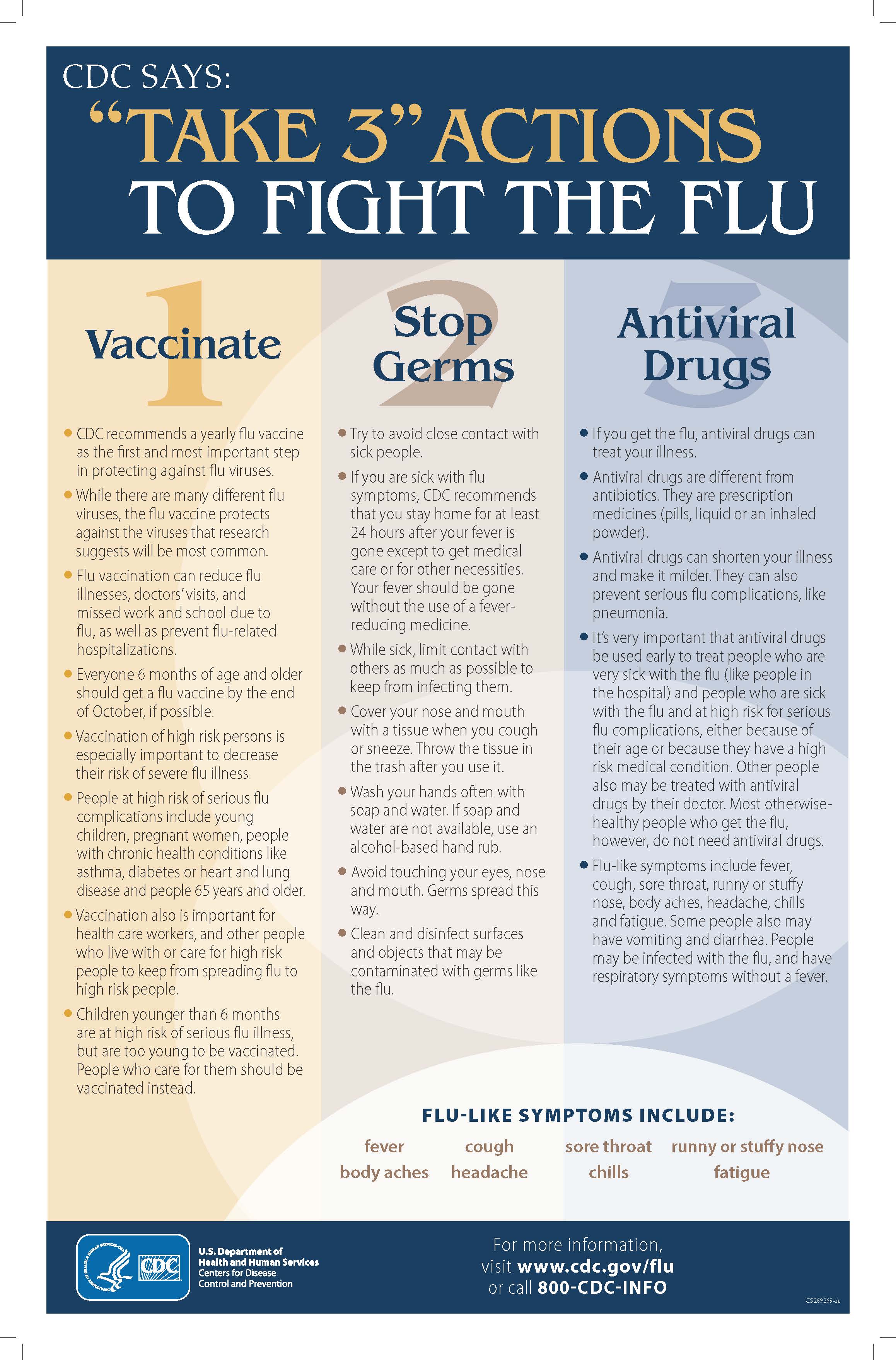
Key Symptoms of Norovirus Infection
The hallmark symptoms of norovirus infection include:
- Sudden onset of vomiting
- Watery diarrhea
- Abdominal cramps
- Nausea
- Headache
Is fever a common symptom of norovirus? While some individuals may experience a low-grade fever, it’s not a defining characteristic of norovirus infection. The absence of fever can often help distinguish norovirus from other causes of gastroenteritis.
Other Causes of Vomiting and Diarrhea Without Fever
While norovirus is a common culprit, several other conditions can cause similar symptoms without necessarily inducing a fever. These include:
1. Food Poisoning
Certain types of food poisoning can cause vomiting and diarrhea without a significant fever. Common pathogens responsible for food poisoning include:
- Staphylococcus aureus
- Bacillus cereus
- Clostridium perfringens
These bacteria produce toxins that can cause rapid onset of symptoms, often within hours of consuming contaminated food.
2. Viral Gastroenteritis
Besides norovirus, other viruses can cause gastroenteritis without necessarily inducing a fever. These include:

- Rotavirus (more common in children)
- Adenovirus
- Astrovirus
3. Certain Medications
Some medications, particularly antibiotics, can cause gastrointestinal distress as a side effect. This may manifest as vomiting and diarrhea without fever.
4. Food Intolerances or Allergies
Consuming foods that you’re intolerant or allergic to can trigger gastrointestinal symptoms without causing a fever. Common culprits include lactose, gluten, and certain food additives.
Distinguishing Norovirus from Other Causes
How can you differentiate norovirus from other causes of gastroenteritis? While a definitive diagnosis often requires laboratory testing, certain characteristics can help indicate a norovirus infection:
- Rapid onset of symptoms (usually within 12-48 hours of exposure)
- Short duration of illness (typically 1-3 days)
- Prominence of vomiting as a symptom
- Lack of blood in stool
- Absence of high fever
Can the pattern of symptoms help identify the cause? Yes, the timing and nature of symptoms can provide clues. For instance, food poisoning caused by toxins often has a very rapid onset (within hours), while viral gastroenteritis typically takes 1-2 days to develop symptoms after exposure.
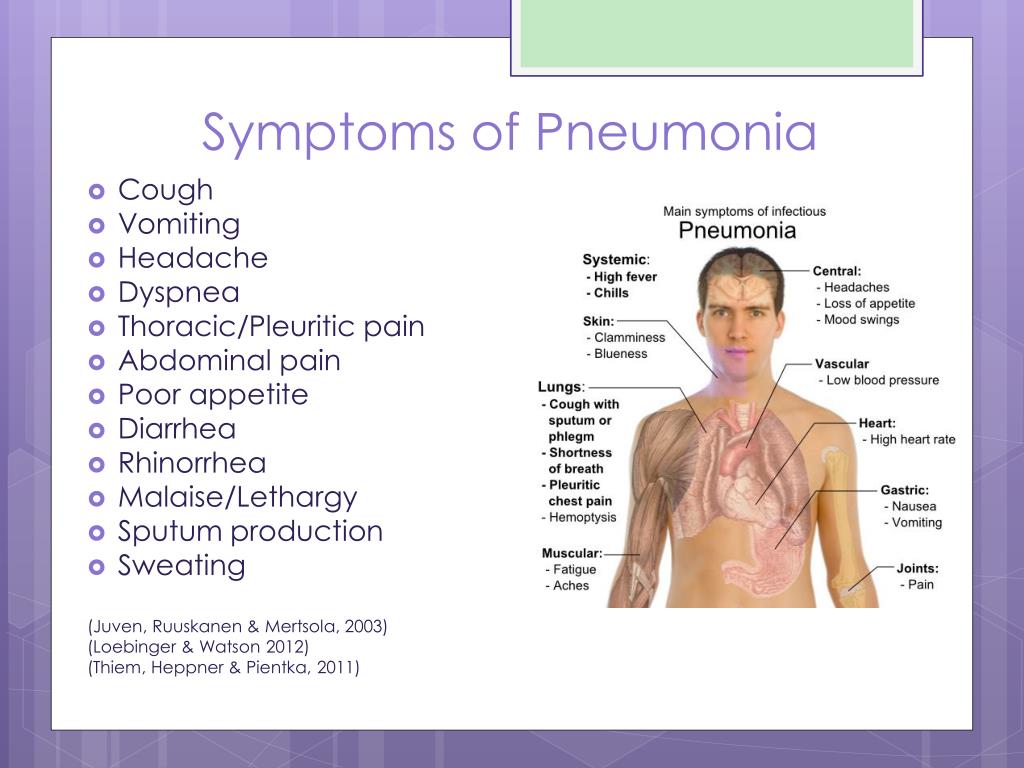
The Impact of Vomiting and Diarrhea on the Body
Regardless of the cause, vomiting and diarrhea can have significant effects on the body, particularly if prolonged or severe. The primary concern is dehydration, which occurs due to excessive fluid loss.
Signs of Dehydration
It’s crucial to recognize the signs of dehydration, which may include:
- Decreased urine output or dark-colored urine
- Dry mouth and lips
- Sunken eyes
- Fatigue or lethargy
- Dizziness or lightheadedness
In severe cases, dehydration can lead to complications such as electrolyte imbalances, kidney problems, and even shock. This is particularly dangerous for young children, older adults, and those with compromised immune systems.
Nutritional Impact
Prolonged vomiting and diarrhea can also lead to nutritional deficiencies. The body may not be able to absorb nutrients effectively, and the loss of appetite that often accompanies these symptoms can exacerbate the problem.
Treatment and Management of Symptoms
How should you manage vomiting and diarrhea at home? The primary focus should be on preventing dehydration and supporting the body’s natural recovery process. Here are some key strategies:

1. Fluid Replacement
Maintaining hydration is crucial. Oral rehydration solutions (ORS) are particularly effective as they contain the right balance of electrolytes. Small, frequent sips are often better tolerated than large amounts of fluid at once.
2. Gradual Introduction of Foods
As symptoms begin to improve, slowly reintroduce bland, easily digestible foods. The BRAT diet (Bananas, Rice, Applesauce, Toast) is often recommended as a starting point.
3. Rest
Adequate rest allows the body to focus its energy on fighting off the infection and recovering.
4. Over-the-Counter Medications
In some cases, over-the-counter medications may be used to manage symptoms. These might include:
- Bismuth subsalicylate for diarrhea
- Loperamide for severe diarrhea (but should be avoided if there’s suspicion of bacterial infection)
- Anti-emetics for vomiting (under medical advice)
Is it safe to use anti-diarrheal medications? While these can provide relief, they should be used cautiously. In some cases, particularly with certain bacterial infections, they may prolong the illness by preventing the body from expelling the pathogen.
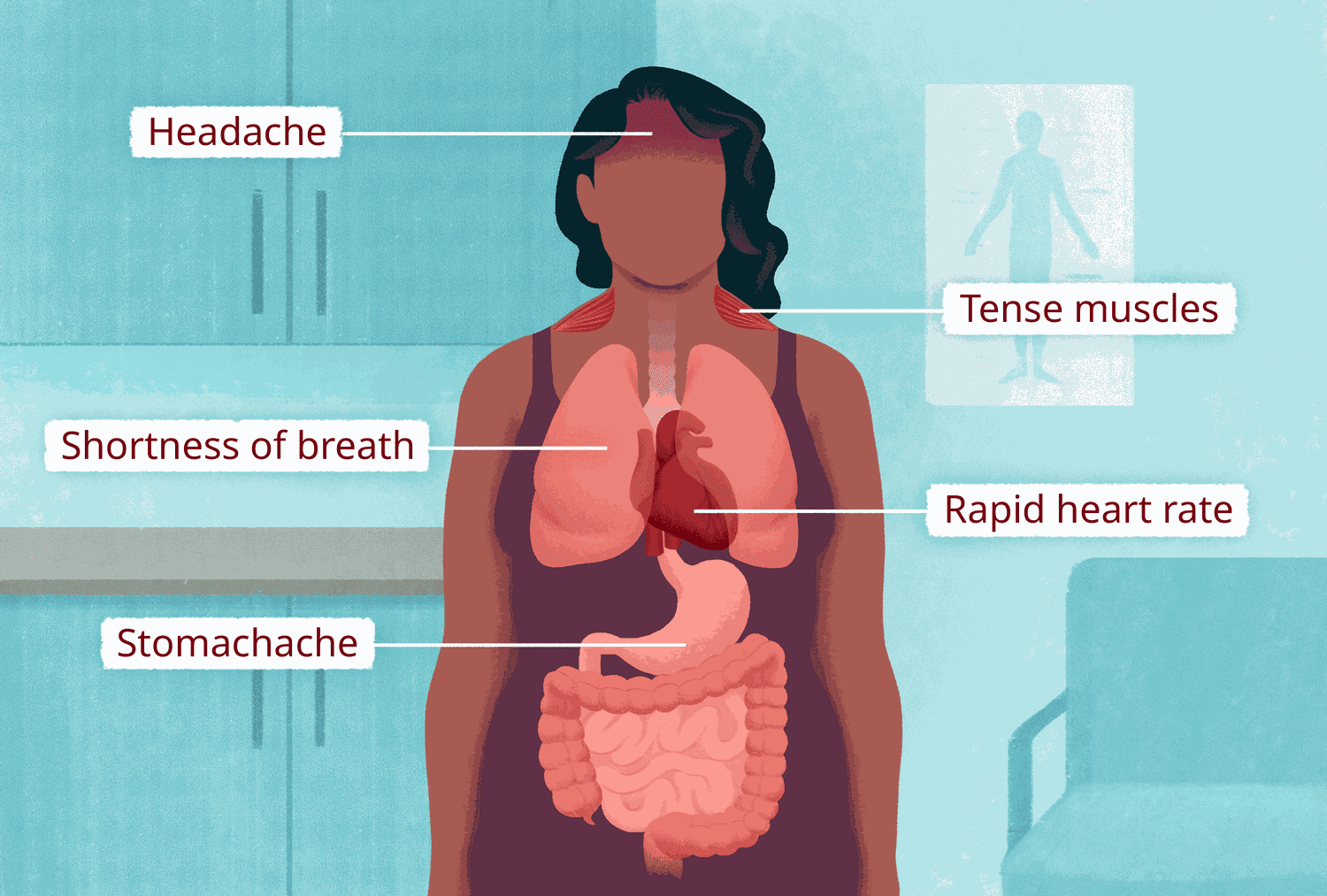
Prevention Strategies for Norovirus and Other Gastroenteritis Causes
Preventing the spread of norovirus and other pathogens that cause gastroenteritis is crucial, especially given their highly contagious nature. Here are some key prevention strategies:
1. Hand Hygiene
Proper hand washing is one of the most effective ways to prevent the spread of gastroenteritis. Wash hands thoroughly with soap and water for at least 20 seconds, especially:
- After using the bathroom
- Before preparing or eating food
- After changing diapers
- After caring for someone who is ill
Why is hand sanitizer not as effective against norovirus? While alcohol-based hand sanitizers are effective against many pathogens, they are not as reliable in killing norovirus. Soap and water remain the best option for hand hygiene when it comes to norovirus prevention.
2. Food Safety Practices
Proper food handling and preparation can significantly reduce the risk of foodborne illnesses. Key practices include:
- Washing fruits and vegetables thoroughly
- Cooking foods to appropriate temperatures
- Storing foods at proper temperatures
- Avoiding cross-contamination between raw and cooked foods
3. Environmental Cleaning
Norovirus can survive on surfaces for extended periods. Regular cleaning and disinfection of high-touch surfaces is crucial, especially in shared spaces. Use chlorine-based disinfectants or other products specifically effective against norovirus.

4. Isolation When Ill
If you’re experiencing symptoms of gastroenteritis, it’s important to stay home and avoid contact with others as much as possible. This helps prevent the spread of the illness.
When to Seek Medical Attention
While many cases of gastroenteritis resolve on their own with home care, certain situations warrant medical attention. When should you consult a healthcare provider?
- Symptoms persisting for more than a few days
- Signs of severe dehydration
- Bloody stools
- Severe abdominal pain
- Inability to keep any fluids down
- High fever (over 101.5°F or 38.6°C)
Are certain groups at higher risk for complications? Yes, young children, older adults, pregnant women, and individuals with compromised immune systems are at higher risk for severe illness and complications from gastroenteritis. These groups should seek medical attention sooner if symptoms are severe or persistent.
Long-Term Effects and Complications
While most cases of gastroenteritis, including those caused by norovirus, resolve without long-term consequences, there can be potential complications in some cases:

1. Post-Infectious IBS
Some individuals may develop post-infectious irritable bowel syndrome (PI-IBS) following a bout of gastroenteritis. This condition can cause ongoing gastrointestinal symptoms for months or even years after the initial infection.
2. Malnutrition
In severe or prolonged cases, particularly in vulnerable populations, gastroenteritis can lead to malnutrition due to decreased nutrient absorption and loss of appetite.
3. Lactose Intolerance
Temporary lactose intolerance can develop following a gastrointestinal infection, as the enzymes responsible for lactose digestion may be affected.
How long can these effects last? The duration of these effects can vary widely. While most people recover fully within a few days to weeks, some may experience lingering symptoms for months. Persistent or recurring symptoms should be evaluated by a healthcare provider.
The Role of Immunity in Norovirus and Other Gastroenteritis Causes
Understanding the immune response to norovirus and other gastroenteritis-causing pathogens is crucial for developing effective prevention and treatment strategies. How does immunity to these pathogens work?

Norovirus Immunity
Immunity to norovirus is complex and not fully understood. Some key points include:
- Short-term immunity: Infection with norovirus typically provides short-term immunity, lasting only a few months to a couple of years.
- Strain-specific immunity: There are many strains of norovirus, and immunity to one strain may not protect against others.
- Genetic factors: Some individuals have genetic factors that make them naturally resistant to certain norovirus strains.
Why is developing a norovirus vaccine challenging? The short-lived immunity and the variety of strains make creating an effective, long-lasting vaccine difficult. However, research in this area is ongoing.
Immunity to Other Gastroenteritis Causes
Immunity to other causes of gastroenteritis varies depending on the specific pathogen:
- Rotavirus: Infection or vaccination can provide long-lasting immunity, which is why rotavirus vaccines have been successful in reducing childhood diarrhea.
- Bacterial causes: Immunity to bacterial gastroenteritis can vary. Some provide long-lasting protection, while others may only offer short-term immunity.
Understanding these immune responses is crucial for developing effective prevention strategies and potential vaccines for various causes of gastroenteritis.

In conclusion, while vomiting and diarrhea without fever can have various causes, norovirus remains a leading culprit. Understanding the symptoms, prevention strategies, and when to seek medical attention can help manage these uncomfortable but usually self-limiting conditions effectively. As research continues, we may see advances in prevention and treatment options for norovirus and other causes of gastroenteritis in the future.
Causes, No Fever, Risks, and Treatment
Having vomiting and diarrhea at the same time typically happens with a viral illness or bacterial infection that affects your digestive system. But these symptoms can occur with other health conditions as well.
Vomiting and diarrhea are common symptoms that affect people of all ages, from babies and toddlers to adults.
Most of the time, these two symptoms are the result of a stomach bug or food poisoning, and they resolve within a few days. Getting some rest and drinking plenty of fluids to avoid dehydration is usually the only treatment needed.
Though a virus is usually the culprit, there are other possible causes of vomiting and diarrhea at the same time, such as certain medical conditions and medications.
Vomiting and diarrhea can happen at the same time for a number of reasons.
A stomach virus or bacterial gastrointestinal (GI) infection is the most likely cause in children.
These infections can affect adults as well. But there are a number of other reasons why an adult may experience these symptoms simultaneously, such as drinking too much alcohol or being pregnant.
But there are a number of other reasons why an adult may experience these symptoms simultaneously, such as drinking too much alcohol or being pregnant.
1. Viral gastroenteritis
Viral gastroenteritis is an intestinal infection. Viral gastroenteritis is often referred to as the stomach flu, but it’s unrelated to influenza (the flu) and is caused by different viruses.
The viruses that most commonly cause gastroenteritis include:
- norovirus
- rotavirus
- adenovirus
- astrovirus
While all of these viruses can affect people of any age, the latter three are most common in infants and toddlers, according to the National Institute of Diabetes and Digestive and Kidney Diseases.
These viruses are transmitted from person to person by contact with infected stool and vomit. This can happen when a person with the infection doesn’t wash their hands thoroughly after using the restroom and then touches surfaces used by other people or prepares food for others.
In addition to vomiting and watery diarrhea, symptoms of viral gastroenteritis include:
- abdominal pain and cramping
- nausea
- fever, on occasion
Did you know?
There are several types of irritable bowel syndrome (IBS).
One type is known as post-infectious irritable bowel syndrome (PI-IBS). PI-IBS is caused by an infection (usually gastroenteritis).
One large survey, published in 2018, asked thousands of people with IBS about their experiences. Data was collected between 2008 and 2015. Respondents came from countries around the world, with almost half of them being Italian.
The researchers found that infection may have caused IBS in 13.3 percent of respondents. According to the researchers, this statistic was in line with previous surveys, where PI-IBS was reported to comprise 6 to 17 percent of IBS cases.
2. Food poisoning
Food poisoning is an infection of the GI tract. It’s most often caused by bacteria but can also be caused by parasites or viruses.
You can get food poisoning by eating contaminated food. This can happen at home or in restaurants when food is handled incorrectly or not cooked properly.
Several bacteria can cause food poisoning, including:
- E. coli
- Campylobacter
- Listeria monocytogenes
- Salmonella
- Shigella
- Staphylococcus aureus
Symptoms of food poisoning can start within hours of eating contaminated food and often resolve within a few hours to a few days. This usually happens without special treatment.
Vomiting and watery diarrhea are the most common symptoms. Other symptoms include:
- abdominal pain and cramping
- nausea
- fever
- bloody diarrhea
3. Traveler’s diarrhea
Traveler’s diarrhea is a digestive tract disorder that’s most often caused by viruses, parasites, or bacteria consumed in water or food. It’s most likely to occur when you’re visiting an area with a different climate or sanitation practices than what you’re accustomed to at home.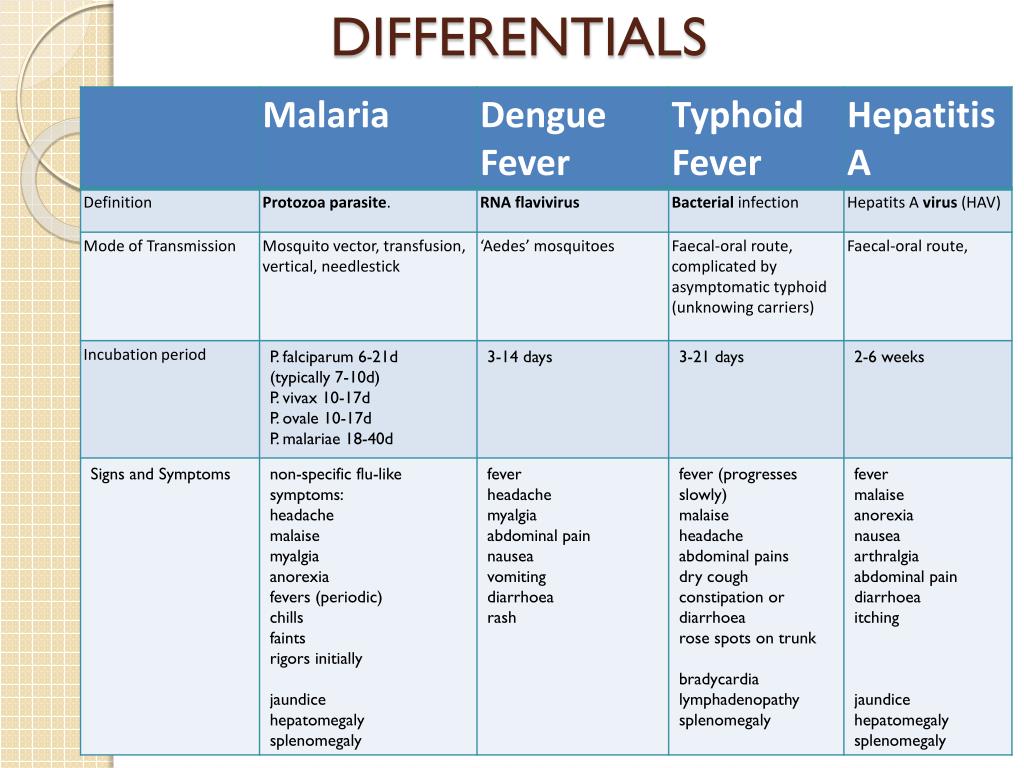
To see if there’s a health notice for the regions to which you’ve recently traveled, check the website of the Centers for Disease Control and Prevention (CDC).
Traveler’s diarrhea generally clears up within 1 week. Watery diarrhea and cramps are the most common symptoms, but traveler’s diarrhea can also cause:
- nausea
- fever
- flatulence (gas)
- bloating
- tenesmus, or the urgent need to have a bowel movement
4. Stress or anxiety
Research shows that gastrointestinal function is influenced by stress, and that stress and anxiety commonly cause a number of gastrointestinal symptoms, including:
- nausea
- constipation
- indigestion
- heartburn
The stress hormones released by your body slow motility, or movement, in your stomach and small intestine. They also trigger an increase in motility in your large intestine.
Stress and anxiety have also been linked to the development and worsening of irritable bowel syndrome (IBS) as well as inflammatory bowel disease (IBD).
5. Pregnancy
The body goes through numerous changes during pregnancy.
Morning sickness is the most common cause of vomiting in pregnancy. Despite its name, morning sickness can occur at any time of the day. It affects almost 75 percent of pregnant women, usually during the first 14 weeks of pregnancy.
Some people develop hyperemesis gravidarum, a condition that causes severe nausea and vomiting.
Vomiting and diarrhea in pregnancy can be caused by hormonal changes, new food sensitivities, and dietary changes. Prenatal vitamins also cause diarrhea in some people.
These symptoms can also be caused by gastroenteritis, which is common during pregnancy.
6. Overeating or overdrinking
Overindulging in food or drink can cause vomiting and diarrhea along with:
- indigestion
- heartburn
- belching
- a feeling of uncomfortable fullness
The type of food you eat also matters. Eating large amounts of greasy or sugary foods can irritate your stomach and cause vomiting and diarrhea.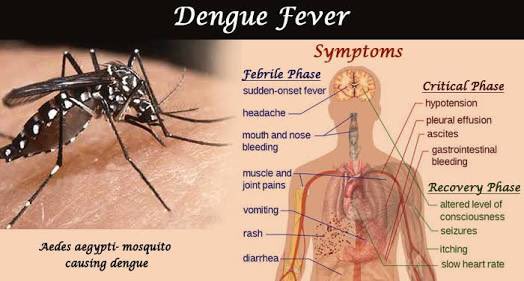
Overeating is even more likely to cause these symptoms if you already have a gastrointestinal condition, such as IBS, stomach ulcers, acid reflux, or gastroesophageal reflux disease (GERD).
The relationship between alcohol and the gut is complex. Some types of alcohol, including sugary drinks, can cause diarrhea by inducing a quicker gut transit time. This decreases digestion, as the gut doesn’t have time to absorb the nutrients or other substances that are rapidly passing through it.
Excessive alcohol use can cause a condition known as alcoholic gastritis, which is an irritation of the stomach lining. Acute gastritis can occur after binge drinking, or gastritis can become chronic in people who drink alcohol regularly.
Gastritis can cause:
- upper abdominal pain or burning
- nausea
- bloating
- regurgitation
- symptoms that improve or worsen after eating, depending on the food
7. Medications
Vomiting and diarrhea are side effects of many medications. Some are more likely to cause these symptoms than others. This can be because of the way the medication works or because they contain additives that irritate the stomach.
Some are more likely to cause these symptoms than others. This can be because of the way the medication works or because they contain additives that irritate the stomach.
Your age, overall health, and other medications can also increase the risk of side effects.
Medications that commonly cause vomiting and diarrhea include:
- certain antibiotics
- nonsteroidal anti-inflammatory drugs (NSAIDS), such as ibuprofen (Advil, Motrin) and aspirin
- chemotherapy drugs
- metformin (Fortamet, Glumetza)
One way antibiotics can cause vomiting and diarrhea is by killing the “good” bacteria that normally lives in your GI tract. This allows bacteria called Clostridioides difficile to become overgrown, which can result in symptoms similar to severe food poisoning.
Taking medication with food can sometimes relieve symptoms. Speak with a doctor about the best way to take your medication.
Vomiting and diarrhea that occur without a fever can be caused by:
- stress and anxiety
- pregnancy
- medications
- consuming too much food or alcohol
Mild cases of viral gastroenteritis can also cause vomiting and diarrhea without fever.
Dehydration is a complication of vomiting and diarrhea, and it occurs when the body loses too much fluid. Dehydration can prevent your cells, tissues, and organs from functioning properly, leading to serious complications, including shock and even death.
Mild dehydration can be treated at home, but severe dehydration requires emergency care in a hospital.
Symptoms of dehydration in babies, toddlers, and children include:
- thirst
- urinating less than usual, or going 3 or more hours without a wet diaper
- dry mouth
- sunken eyes or cheeks
- decreased skin turgor, or elasticity
- lack of energy
- no tears when crying
Symptoms in adults include:
- extreme thirst
- urinating less than usual
- dry mouth
- sunken eyes or cheeks
- decreased skin turgor
- fatigue
- lightheadedness
- dark-colored urine
Most of the time, vomiting and diarrhea will resolve within a few days without treatment. Home remedies and medications can help you manage your symptoms and avoid dehydration.
Home remedies and medications can help you manage your symptoms and avoid dehydration.
Home remedies
Here are some ways you can treat vomiting and diarrhea at home to avoid dehydration:
- Get plenty of rest.
- Avoid stress.
- Wash your hands with soap and water frequently.
- Drink lots of clear fluids like water, broth, clear sodas, and sports drinks.
- Eat saltine crackers.
- Follow the BRAT diet, which consists of bland foods. BRAT stands for bananas, rice, applesauce, and toast.
- Avoid foods that are greasy, spicy, or high in fat and sugar.
- Avoid dairy.
- Avoid caffeine.
Follow this advice if you have babies or toddlers:
- Give your baby smaller feedings more often if needed.
- Give sips of water between formula or solid food.
- Give them an oral rehydration solution, such as Pedialyte.
Medications
There are over-the-counter (OTC) and prescription medications available for vomiting and diarrhea.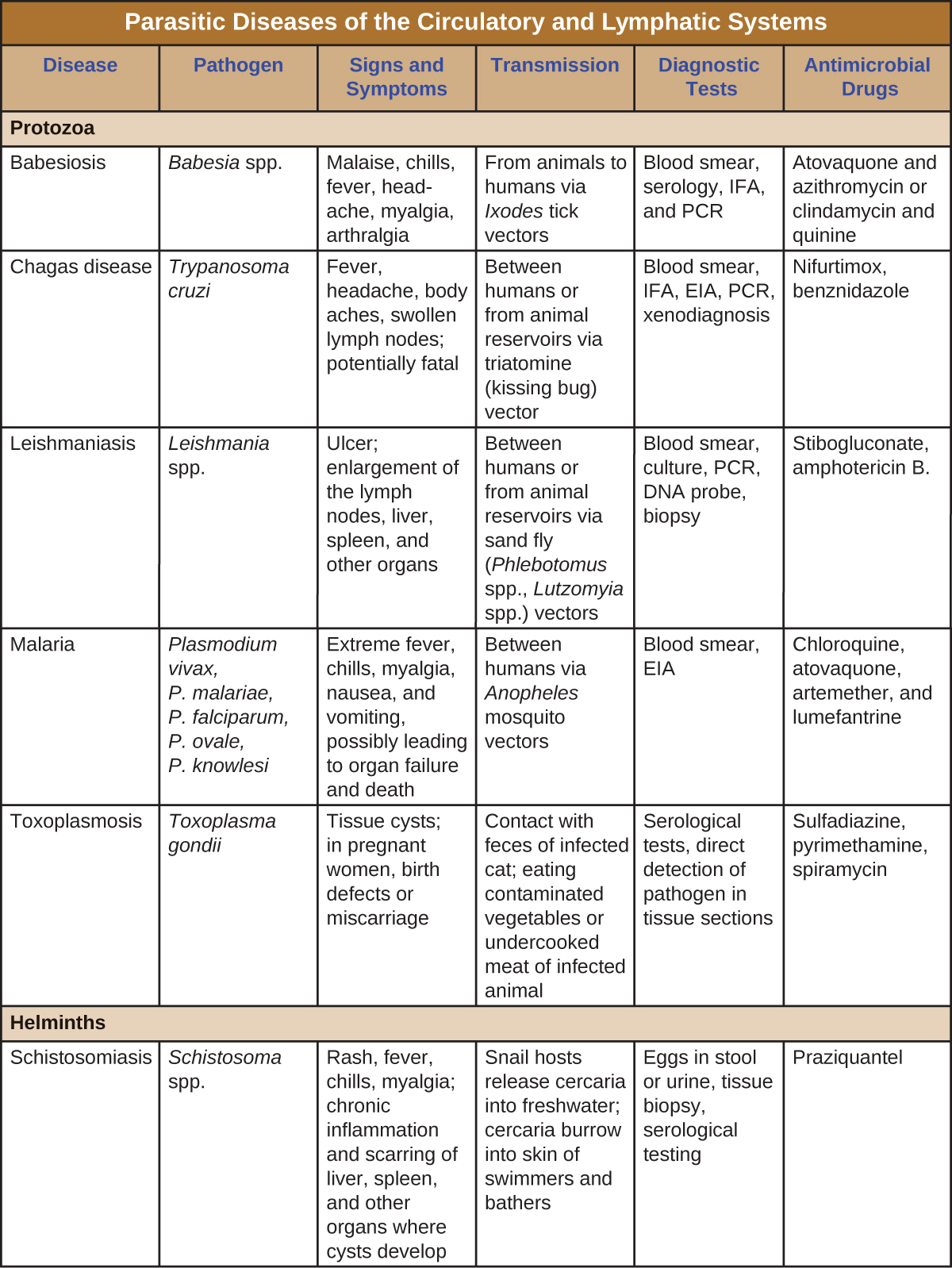 While generally safe for adults, OTC medications should not be taken without first consulting a doctor.
While generally safe for adults, OTC medications should not be taken without first consulting a doctor.
OTC medications include:
- bismuth subsalicylate (Pepto-Bismol, Kaopectate)
- loperamide (Imodium)
- antiemetic drugs, such as Dramamine and Gravol, which often contain the ingredient dimenhydrinate
A doctor may recommend antibiotics to treat vomiting and diarrhea caused by bacterial infections, such as food poisoning.
When you’re experiencing vomiting and diarrhea, your aim should be to get some sustenance and avoid dehydration.
If an infection like gastroenteritis is causing your symptoms, start by trying home remedies. In other cases, professional medical care may be required.
For children
Take a child to the doctor if they:
- are vomiting for more than 2 days or have diarrhea for more than 7 days
- are unable to keep fluid down
- are under 3 months old with a rectal temperature of 100.4°F (38°C)
- are 3 months to 3 years old with a temperature of 102.
 2°F (39°C)
2°F (39°C) - are under 5 years old and appear to have symptoms of dehydration, such as:
- dry mucous membranes
- drowsiness
- irritability that doesn’t go away when they’re consoled
It’s especially important to contact a doctor about possible dehydration if the child is too young to describe their own symptoms.
When to go to the emergency room
Take a child to the emergency room if they:
- have symptoms of dehydration after using an oral rehydration solution
- have green or yellow vomit, which can be a symptom of small bowel obstruction
- are vomiting blood or what looks like coffee grounds
- have blood in their urine or stool
- are too weak to stand
Was this helpful?
For adults
See a doctor if:
- you’re still dehydrated after rehydrating with fluids and an oral hydration solution
- you are vomiting for more than 2 days or have diarrhea for more than 7 days
- your vomit is green or yellow, which can be a symptom of small bowel obstruction
- you’re vomiting blood or what looks like coffee grounds
- you have bloody diarrhea or rectal bleeding
- you’re unable to keep fluid down
Most of the time, vomiting and diarrhea are due to a stomach bug or food poisoning and clear up on their own within a few days.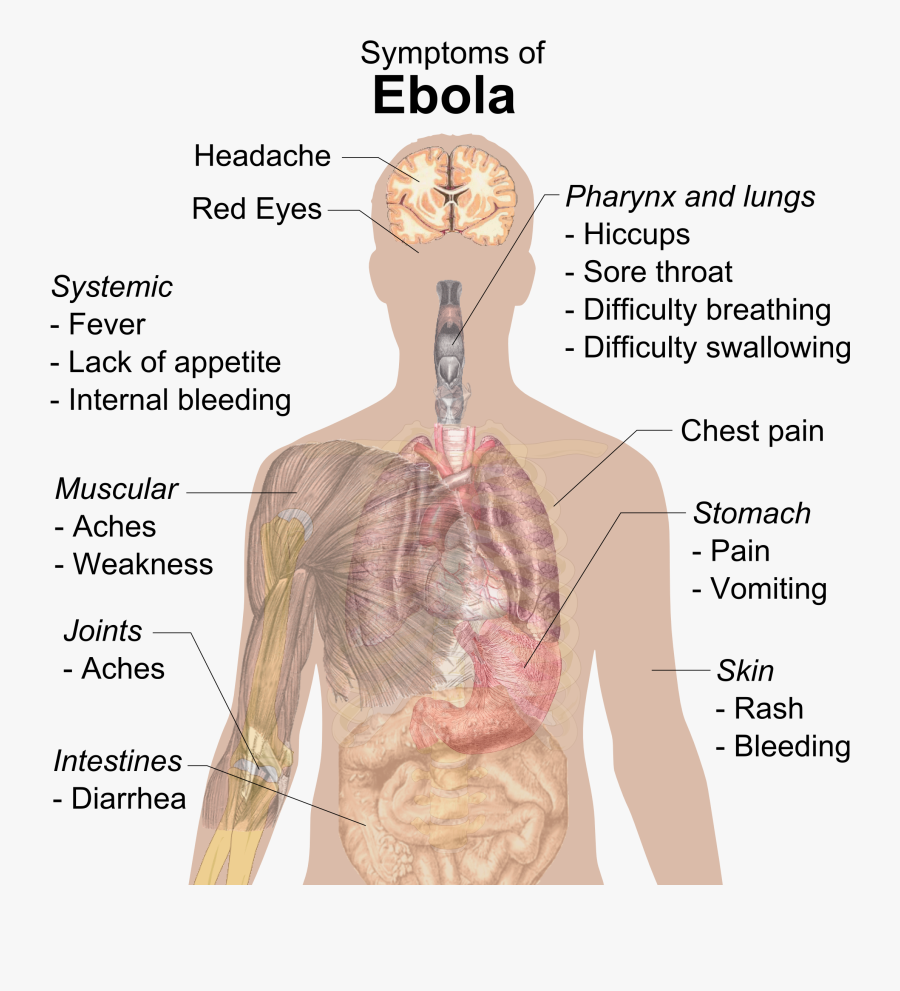 Getting plenty of fluids and eating a bland diet can help.
Getting plenty of fluids and eating a bland diet can help.
Keep an eye out for signs of dehydration, especially in infants and toddlers who are not able to communicate what they’re feeling. Talk with a doctor if you have, or your child has, severe symptoms or symptoms that last more than a few days.
Causes, Treatment, and Prevention in Adults and Babies
Vomiting — forcefully expelling what’s in your stomach through your mouth — is your body’s way of getting rid of something harmful in the stomach. It may also be a response to irritation in the gut.
Vomiting isn’t a condition, but rather a symptom of other conditions. Some of these conditions are serious, but most aren’t a cause for concern.
Vomiting can be a one-time event, especially when it’s caused by eating or drinking something that doesn’t settle right in the stomach. However, vomiting repeatedly can be a sign of an emergency or a serious underlying condition.
Read on to learn the causes of vomiting in adults, babies, and pregnant women, how to treat it, and when it’s considered an emergency.
The most common causes of vomiting are different in adults, babies, and pregnant or menstruating women.
Vomiting in adults
The most common causes of vomiting in adults include:
- foodborne illnesses (food poisoning)
- indigestion
- bacterial or viral infections, like viral gastroenteritis, which is often referred to as a “stomach bug”
- motion sickness
- chemotherapy
- migraine headaches
- medications, like antibiotics, morphine, or anesthesia
- excessive alcohol consumption
- appendicitis
- acid reflux or GERD
- gallstones
- anxiety
- intense pain
- exposure to toxins, such as lead
- Crohn’s disease
- irritable bowel syndrome (IBS)
- concussion
- food allergies
Vomiting in babies
Common causes of vomiting in babies include:
- viral gastroenteritis
- swallowing milk too quickly, which can be caused by the hole in the bottle teat being too large
- food allergies
- milk intolerance
- other types of infections, including urinary tract infections (UTIs), middle ear infections, pneumonia, or meningitis
- accidentally ingesting a poison
- congenital pyloric stenosis: a condition present at birth in which the passage from the stomach to the bowel has narrowed so food can’t pass through easily
- intussusception: when the bowel telescopes in on itself resulting in a blockage — a medical emergency
Vomiting when pregnant
Causes of vomiting in pregnant women include:
- morning sickness
- acid reflux
- foodborne illnesses (food poisoning)
- migraine headaches
- sensitivity to certain smells or tastes
- extreme morning sickness, known as hyperemesis gravidarum, which is caused by rising hormones
Vomiting during menstruation
Hormone changes during menstruation can make you nauseous and make you throw up. Some women also experience migraine headaches during their periods, which can also cause vomiting.
Some women also experience migraine headaches during their periods, which can also cause vomiting.
Treatment for vomiting depends on the underlying cause. Drinking plenty of water and sports drinks containing electrolytes can help prevent dehydration.
In adults
Consider these home remedies:
- Eat small meals consisting of only light and plain foods (rice, bread, crackers or the BRAT diet).
- Sip clear liquids.
- Rest and avoid physical activity.
Medications can be helpful:
- Over-the-counter (OTC) medications like Imodium and Pepto-Bismol may help suppress nausea and vomiting as you wait for your body to fight off an infection
- Depending on the cause, a doctor may prescribe antiemetic drugs, like ondansetron (Zofran), granisetron, or promethazine.
- OTC antacids or other prescription medications can help treat the symptoms of acid reflux.
- Anti-anxiety medications can be prescribed if your vomiting is related to an anxiety condition.

In babies
- Keep your baby lying on their stomach or side to lessen the chances of inhaling vomit
- Make sure your baby consumes extra fluids, such as water, sugar water, oral rehydration solutions (Pedialyte) or gelatin; if your baby is still breastfeeding, continue to breastfeed often.
- Avoid solid foods.
- See a doctor if your baby refuses to eat or drink anything for more than a few hours.
When pregnant
Pregnant women who have morning sickness or hyperemesis gravidarum may need to receive intravenous fluids if they’re unable to keep down any fluids.
More severe cases of hyperemesis gravidarum might require total parenteral nutrition given through an IV.
A doctor may also prescribe antiemetics, such as promethazine, metoclopramide (Reglan), or droperidol (Inapsine), to help prevent nausea and vomiting. These medications can be given by mouth, IV, or suppository
Adults and babies
Adults and babies should see a doctor if they:
- are vomiting repeatedly for more than a day
- are unable to keep down any fluids
- have green colored vomit or the vomit contains blood
- have signs of severe dehydration, such as fatigue, dry mouth, excessive thirst, sunken eyes, fast heart rate, and little or no urine; in babies, signs of severe dehydration also include crying without producing tears and drowsiness
- have lost significant weight since the vomiting began
- are vomiting off and on for over a month
Pregnant women
Pregnant women should see a doctor if their nausea and vomiting makes it impossible to eat or drink or keep anything in the stomach.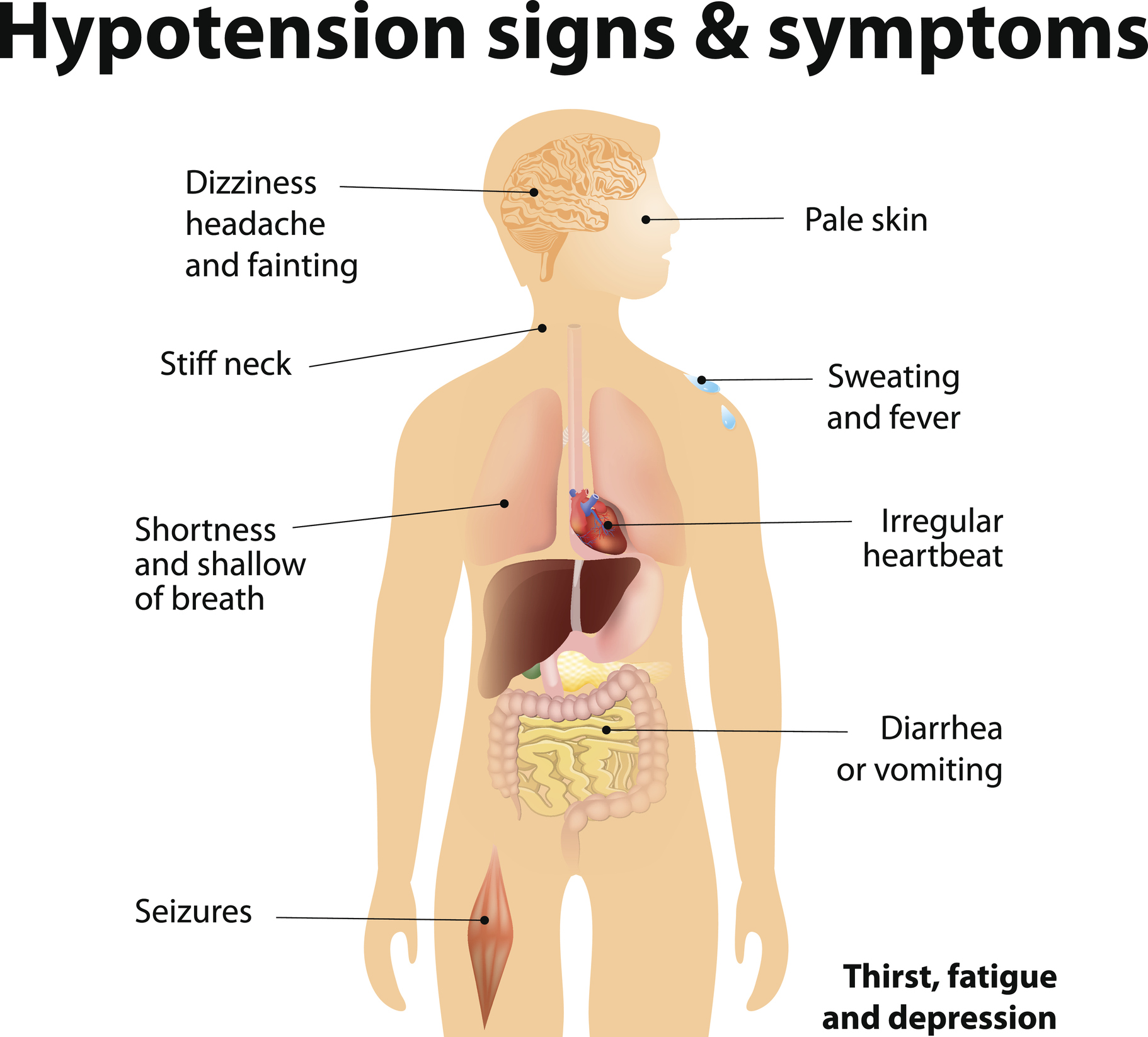
Medical emergencies
Vomiting accompanied by the following symptoms should be treated as a medical emergency:
- severe chest pain
- sudden and severe headache
- shortness of breath
- blurred vision
- sudden stomach pain
- stiff neck and high fever
- blood in the vomit
Infants younger than 3 months who have a rectal fever of 100.4ºF (38ºC) or higher, with or without vomiting, should see a doctor.
Was this helpful?
Predicting when you might vomit
Before you vomit, you may begin to feel nauseous. Nausea can be described as stomach discomfort and the sensation of your stomach churning.
Young children may not be able to recognize nausea, but they may complain of a stomachache before they vomit.
Prevention
When you begin feeling nauseous, there are a few steps you can take to potentially stop yourself from actually vomiting. The following tips may help prevent vomiting before it starts:
- Take deep breaths.

- Drink ginger tea or eat fresh or candied ginger.
- Take an OTC medication to stop vomiting, such as Pepto-Bismol.
- If you’re prone to motion sickness, take an OTC antihistamine such as Dramamine.
- Suck on ice chips.
- If you’re prone to indigestion or acid reflux, avoid oily or spicy foods.
- Sit down or lie down with your head and back propped up.
Vomiting caused by certain conditions may not always be possible to prevent. For example, consuming enough alcohol to cause a toxic level in your bloodstream will result in vomiting as your body attempts to return to a non-toxic level.
Drinking plenty of water and other liquids to replenish lost fluids is important after a bout of vomiting. Start slowly by sipping water or sucking on ice chips, then add in more clear liquids like sports drinks or juice. You can make your own rehydration solution using:
- 1/2 teaspoon salt
- 6 teaspoons sugar
- 1 liter water
You shouldn’t have a big meal after you vomit. Begin with saltine crackers or plain rice or bread. You should also avoid foods that are difficult to digest, like:
Begin with saltine crackers or plain rice or bread. You should also avoid foods that are difficult to digest, like:
- milk
- cheese
- caffeine
- fatty or fried foods
- spicy food
After you vomit, you should rinse your mouth with cool water to remove any stomach acid that could damage your teeth. Don’t brush your teeth right after vomiting as this could cause damage to the already weakened enamel.
Vomiting is a common symptom of many conditions. Most often, vomiting in both adults and babies is a result of an infection called gastroenteritis, indigestion, or food poisoning. However, there can be several other causes.
In pregnant women, vomiting is often a sign of morning sickness.
Vomiting can be concerning if a person shows signs of severe dehydration, or it accompanies chest pain, sudden and severe abdominal pain, a high fever, or a stiff neck. People who’ve recently had a head injury or are vomiting blood should see a doctor right away.
If you’re experiencing vomiting, make sure to sip water and other clear fluids to prevent dehydration. Eat small meals when you’re able to, consisting of plain foods like crackers.
If the vomiting doesn’t subside in a few days, see a doctor.
Why headache and vomiting occur: causes and symptoms
Contents
- 1 Headache and vomiting: causes, symptoms and treatments
- 1.1 Headache and vomiting: symptoms and causes
- 1.1.1 What is headache and vomit?
- 1.1.2 Symptoms of headache and vomiting
- 1.1.3 Causes of headache and vomiting
- 1.1.4 What to do if you have a headache and vomiting?
- 1.2 Causes of headache and vomiting
- 1.2.1 Migraine
- 1.2.2 Acute respiratory viral infection
- 1.2.3 Head stroke
- 1.3 Symptoms that occur with headache and vomiting
- 1.3 .1 Headache
- 1.3.2 Vomiting
- 1.4 Diagnosis of headache and vomiting
- 1.
 4.1 Source of pain and vomiting
4.1 Source of pain and vomiting - 1.4.2 Additional investigations
- 1.4.3 Specialist consultation
- 1.
- 1 .5 Treatment of headache and vomiting
- 1.5.1 Non-pharmacological treatments
- 1.5.2 Pharmacological treatments
- 1.5.3 Medication selection
- 1.5.4 Avoiding recurrence of symptoms
- 1.6 Head control pain and vomiting
- 1.6.1 Strengthening the immune system
- 1.6.2 Regular meals
- 1.6.3 Proper hygiene
- 1.6.4 Stress control
- hydration
- 1.7.2 Changes in stomach function
- 1.7.3 Reduced productivity
- 1.7.4 Risk of respiratory infections
- 1.1 Headache and vomiting: symptoms and causes
- 1.8 Traditional methods of treating headache and vomiting
- 1.8. 1 Massage
- 1.8.2 Herbal infusions
- 1.8.3 Relaxation exercises
- 1.9 Alternative treatments for headaches and vomiting
- 1.9.1 Massage
- 1.
 9.2 Herbs and essential oils
9.2 Herbs and essential oils - 1.9.3 Acupressure
- 1.9.4 Diet
- 1.9.5 Relaxation
- 1.10 When should I see a doctor about headaches and vomiting?
- 1.11 Related videos:
- 1.12 Q&A:
- 1.12.0.1 What causes a headache with vomiting?
- 1.12.0.2 How to treat headache and vomiting?
- 1.12.0.3 Can hormonal changes cause headaches and vomiting?
- 1.12.0.4 How can I tell if headache and vomiting are signs of a serious illness?
- 1.12.0.5 When can headache and vomiting be symptoms of alcohol intoxication?
- 1.12.0.6 Is there a link between headache, vomiting and stress?
An article about headaches and vomiting: what does it mean, what symptoms should I look out for and how to deal with them? Find answers to your questions and learn how to avoid tension and discomfort in your head.
Headache and vomiting are fairly common symptoms that can occur in both children and adults. They can be caused by a variety of factors, ranging from the common cold to serious illnesses.
They can be caused by a variety of factors, ranging from the common cold to serious illnesses.
Headache can be of various nature: throbbing, bursting, sharp or dull. Vomiting can occur as an independent symptom or be concomitant with other diseases.
In this article, we look at the main causes of headaches and vomiting, and describe the most effective treatments. Be attentive to your health and do not postpone a visit to the doctor in case of such symptoms.
Headache and vomiting: symptoms and causes
What is headache and vomiting?
Headache and vomiting are troubles that can bring a lot of discomfort and difficulties to a person in everyday life. A headache is a feeling of pressure or sharp pain in the head that can be caused by a variety of things. Vomiting is the body’s response to irritation of the lining of the stomach, intestines, or brain.
Symptoms of headache and vomiting
Headache may present as a sharp, throbbing or pressing pain in various parts of the head. Vomiting can manifest as nausea, vomiting, increased salivation, and abdominal discomfort.
Vomiting can manifest as nausea, vomiting, increased salivation, and abdominal discomfort.
Causes of headache and vomiting
- Migraine is an acute head disease that can be accompanied by severe pain, nausea and vomiting.
- Head injuries – may cause headache and vomiting due to damage to the brain or internal organs.
- Stress – can cause headaches and vomiting due to increased levels of adrenaline in the blood.
- Gastrointestinal disorders – may cause vomiting and headache due to irritation of the lining of the stomach and intestines.
What if you have a headache and are vomiting?
If you experience headaches and vomiting, seek medical attention. Doctors will perform the necessary tests and help you find the cause and treatment for your symptoms. If the headache and vomiting are caused by stress, it is worth relaxing, drinking water and taking a break.
Causes of headache and vomiting
Migraine
Migraine is one of the main causes of headache and vomiting. It can be the result of changes in hormone levels, sleep or eating disorders, exercise, stress, and other factors. Many people with migraine have precursors to the disease, such as changes in visual function, tinnitus, weakness, etc.
It can be the result of changes in hormone levels, sleep or eating disorders, exercise, stress, and other factors. Many people with migraine have precursors to the disease, such as changes in visual function, tinnitus, weakness, etc.
Acute respiratory viral infection
Acute respiratory viral infection can also cause headache and vomiting. It is transmitted from person to person through the air, usually during epidemics. The virus infects the upper respiratory tract, causing unpleasant symptoms such as headache, weakness, severe sore throat, vomiting, and diarrhea.
Head stroke
Head stroke is an acute circulatory disorder in the brain and can cause headache and vomiting. It can occur as a result of circulatory disorders or traumatic brain injury. One of the clear signs of a head stroke is a feeling of a sharp headache, accompanied by vomiting and dizziness.
- Other causes of headache and vomiting include:
- Brain damage
- High blood pressure
- Nervous and physical strain
- Food poisoning
| Acute pain in the frontal part of the head | Migraine |
| Weakness and dizziness | Headache stroke |
| Severe sore throat | Acute respiratory viral infection |
Symptoms that occur with headache and vomiting
Headache
Headache is a feeling of discomfort, discomfort or pain in the head. It can be mild, moderate, or severe and can last from a few minutes to several days.
It can be mild, moderate, or severe and can last from a few minutes to several days.
Headache may cause additional symptoms such as:
- feeling unwell;
- dizziness;
- hypersensitivity to light, sound or smell;
- muscle weakness;
- impaired vision or hearing.
Vomiting
Vomiting is a physiological process that removes the contents of the stomach through the mouth. It can be caused by various causes, including diseases of the gastrointestinal tract or poisoning.
Vomiting may cause additional symptoms such as:
- nausea;
- dizziness;
- muscle weakness;
- heavy sweating;
- violation of the water-salt balance.
It is important to understand that headache and vomiting can be a symptom of a serious illness and require immediate medical attention.
Diagnosis of headache and vomiting
Source of pain and vomiting
Headache and vomiting occurring together can have different causes. This may be due to food poisoning, migraines, flu, infectious diseases, as well as a violation of pressure, blood circulation in the brain, or tumor processes in the brain. Diagnosis depends on symptoms and additional tests.
This may be due to food poisoning, migraines, flu, infectious diseases, as well as a violation of pressure, blood circulation in the brain, or tumor processes in the brain. Diagnosis depends on symptoms and additional tests.
Additional testing
Additional testing will help determine the cause of headaches and vomiting. For example, these tests may include brain imaging, an ECG to evaluate heart function, and blood and urine laboratory tests. They help to detect the presence of inflammation or infection, tumors, changes in the composition of the blood, which can cause pain symptoms and vomiting.
Specialist consultation
If headache and vomiting persist, visit a specialist for an appointment. Not all types of headaches require medication, but if pain symptoms are frequent or accompany other symptoms, a specialist may prescribe medications to treat them. An illness that causes headaches and vomiting can be a symptom of a serious illness, so it’s a good idea to see a doctor if you experience these symptoms.
Treatment of headache and vomiting
Non-pharmacological treatments
In some cases, non-pharmacological treatments may help with headache and vomiting. For example, rest and sleep can reduce symptoms. A healthy lifestyle, including moderate physical activity, a healthy diet, and regular sleep, can also help. Relaxation exercises, massage, and paramedical techniques may also improve the condition.
Pharmacological treatments
If non-pharmacological methods fail, medication may be required. Mainly, painkillers and antiemetics are used. Analgesics such as aspirin, ibuprofen, and paracetamol can relieve headaches. Antiemetics such as metoclopramide or promethazine may help with vomiting.
Choice of medication
Choice of medication depends on the type and cause of headache and vomiting. Minor headaches can be relieved with an analgesic. However, if the headache is accompanied by vomiting, medications may be needed that can improve the symptoms of both conditions. Also, the choice of medication may be affected by the presence of pre-existing diseases and medications taken.
Also, the choice of medication may be affected by the presence of pre-existing diseases and medications taken.
How to avoid recurrence of symptoms
To avoid recurrence of headaches and vomiting, it is recommended to avoid stressful situations, do not overeat and do not drink alcohol. Regular exercise, sleep hygiene, and a healthy lifestyle can also help. With severe headaches and vomiting, you should not delay contacting a doctor to determine the exact cause and conduct treatment.
| Aspirin | 500-1000 mg, 3-4 times a day | Anti-inflammatory and anti-allergic effect, headache relief |
| Ibuprofen | 200-400 mg 3-4 times per day | Anti-inflammatory action, headache relief |
| Paracetamol | 500-1000 mg, 3-4 times a day | Headache relief |
| Metoclopramide | 10 mg, 2-3 times a day | Relief of vomiting |
| Promethazine 2 times a day | Relief of vomiting |
Headache prevention pain and vomiting
Strengthening the immune system
One of the most important measures to prevent headaches and vomiting is to strengthen the body’s immune system. Regular consumption of fresh fruits and vegetables, moderate exercise, and weight control will help keep the immune system functioning properly.
Regular consumption of fresh fruits and vegetables, moderate exercise, and weight control will help keep the immune system functioning properly.
Regular meals
Regular meals are another important factor in preventing headaches and vomiting. Try to keep track of your food intake and do not skip meals. Nutrition should be rich in proteins, vegetables and fruits, while deficient in fats, salts and sugars.
Proper hygiene
Proper hygiene, thoughtful seating, and moderation in the use of alcohol and tobacco can help prevent headaches and vomiting. \n Make sure that there are no people suffering from infectious diseases around, and devote the necessary amount of time to sleep and rest.
Stress management
Last but not least is stress management. Practice daily breathing exercises and meditation, perform relaxation techniques, keep your emotional state under control. These measures will reduce the risk of headaches and vomiting and improve the quality of life in general.
Sequelae of headache and vomiting
Dehydration
Repeated vomiting and diarrhea can lead to severe dehydration. Fluid loss weakens body tissues, including the brain. This can aggravate the headache and increase the duration of the pain condition.
Alterations in the functioning of the stomach
Repeated vomiting can alter the functioning of the stomach, causing disturbances in the digestive process. This can lead to additional headaches and fatigue.
Decreased productivity
Headache and nausea can lead to decreased productivity at work or school. The sick person may have difficulty completing tasks and concentrating on work. You may even need to be away from work for a day or several days to fully recover.
Risk of respiratory infections
Scientists believe that vomiting and headaches can be signs of respiratory infections. People who experience these symptoms frequently may have an increased risk of developing more serious lung conditions such as pneumonia.
Traditional Treatments for Headaches and Vomiting
Massage
Massage is one of the most affordable and effective ways to relieve headaches and vomiting. Gentle massage movements can help relax the muscles in your neck and back, as well as reduce tension in your head.
How to:
- Lightly massage the neck with both hands, starting from the base of the skull to the top vertebrae.
- Gently move the skin around the temples.
- Place your fingers on your forehead and gently move the skin from your forehead to the back of your head.
- Lightly rub temples with two fingers.
Herbal infusions
Herbal infusions may be useful in treating headaches and vomiting. A number of herbs contain properties that can help reduce tension, improve circulation, and reduce inflammation in the head.
Some of the herbs recommended for headaches and vomiting include:
- Mint
- Chamomile
- Lemongrass
- St.
 John’s Wort
John’s Wort
| Mint | Migraine Help and spasms |
| Chamomile | Pain and tension relief |
| Lemongrass | Headache and vomiting relief |
| St. John’s wort | Tension and stress relief |
Relaxation exercises
Relaxation exercises can help reduce tension caused by headaches and vomiting. These exercises can be done anywhere and any time of the day.
Some exercises that can help:
- Deep breathing and meditation.
- Yoga and Pilates.
- Neck and back stretch marks.
- Slow swimming.
Alternative Treatments for Headaches and Vomiting
Massage
Massage can be a great way to treat headaches and vomiting. Massage therapists use a variety of techniques to ease muscle tension, increase circulation, and relieve stress. Self-massage can also be effective, including massage of the neck, cheekbones, and top of the head.
Self-massage can also be effective, including massage of the neck, cheekbones, and top of the head.
Herbs and essential oils
Essential oils and herbs may be helpful in treating headaches and vomiting. Lavender essential oil has a calming effect on the nervous system, and mint oil reduces pain in the head. Peppermint tea can also relieve unpleasant symptoms. In addition to this, herbs such as ginger, chamomile, and echinacea can be used.
Acupressure
Acupressure is a common treatment for headaches and vomiting. Acupressure uses points on the body to stimulate the self-healing system. Point ХГ-6 , which is found between the thumb and index finger, can help relieve nausea, headaches, and other symptoms.
Diet
Diet can be a key factor in managing headaches and vomiting. Choosing nutritious foods like fresh fruits and vegetables is good for the body. However, fast food, foods high in sugar and fat, and alcohol should be avoided.
Relaxation
Of course, relaxation is the key to eliminating headaches and vomiting. Try meditation, yoga, or other relaxation techniques to relieve stress and tension.
When should I see a doctor about headaches and vomiting?
Headache and vomiting can occur for a variety of reasons, from simple fatigue to serious illness. But when there are already certain symptoms, it is important to know when to seek medical help.
The following signs may indicate the need to see a doctor:
- The frequency and intensity of the headache has increased significantly, and is not relieved by conventional means;
- Vomiting does not stop for a long time and there is a loss of appetite;
- Swollen veins in the temples and severe pain around the eyes;
- Accompanied by convulsive conditions, headache attacks;
- Increased body temperature;
- Feeling of numbness in the limbs;
If you experience these symptoms, you should immediately contact a specialist.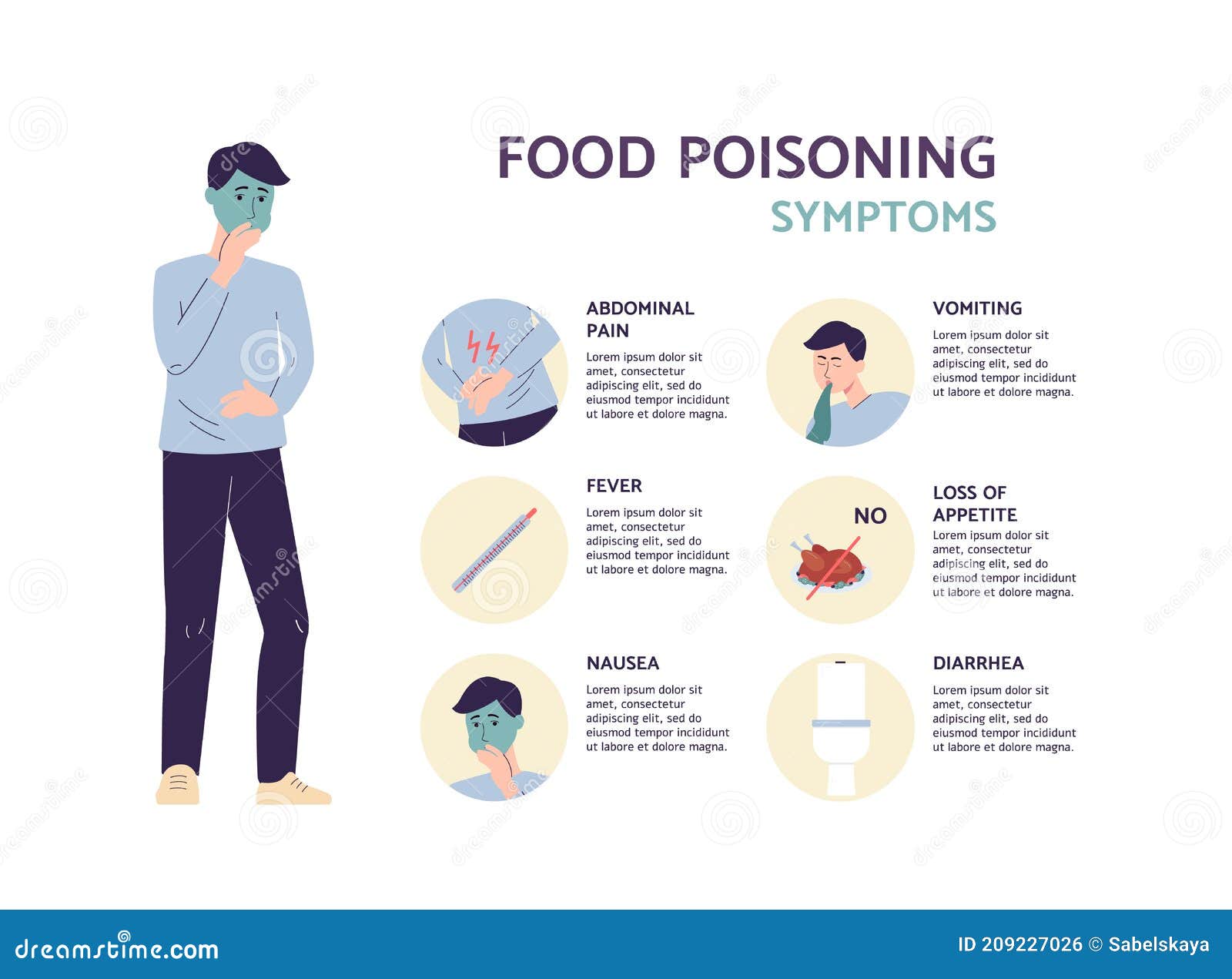 The doctor will conduct the necessary research and prescribe the necessary course of treatment to save you from discomfort and possible complications.
The doctor will conduct the necessary research and prescribe the necessary course of treatment to save you from discomfort and possible complications.
Related videos:
Q&A:
What causes a headache with vomiting?
Headache and vomiting can be caused by many factors, including migraines, irregular diets, alcohol and drug use, serious infections, and other illnesses.
How to treat headache and vomiting?
Treatment of headache and vomiting depends on the cause of the symptoms. In some cases, just resting, getting enough sleep and eliminating stress may be enough. In more severe cases, medications such as analgesics, antiemetics, and triptans may be required.
Can hormonal changes cause headaches and vomiting?
Yes, hormonal changes, such as those that occur during menstruation or pregnancy, can cause headaches and vomiting in some women.
How can you tell if a headache and vomiting are signs of a serious illness?
If symptoms do not improve with simple treatments, or if they are accompanied by other unusual symptoms such as fever or dizziness, seek immediate medical attention. Also, if symptoms occur as a result of an injury or unusual physical activity, medical attention should be sought immediately.
When can headache and vomiting be symptoms of alcohol intoxication?
Headache and vomiting may be symptoms of alcohol intoxication, especially if alcohol consumption has been excessive and unusual for the body. In this case, the most effective treatment is rest and increased water intake to prevent dehydration.
Is there a connection between headache, vomiting and stress?
Yes, stress can be one of the causes of headaches and vomiting. Constant tension can cause muscle tension, which can lead to headaches and vomiting. However, if symptoms become chronic, a doctor should be consulted to assess possible causes.
Constant tension can cause muscle tension, which can lead to headaches and vomiting. However, if symptoms become chronic, a doctor should be consulted to assess possible causes.
Headache and vomiting in an adult. Causes of headache and vomiting.
Headache and vomiting in an adult. Causes of headache and vomiting.
Gimranov Rinat Fazylzhanovich
Neurologist, neurophysiologist, experience – 33 years;
Professor of Neurology, MD;
Clinic for Rehabilitation Neurology. About the author
Publication date: April 20, 2021
Updated: October 25, 2022
Pain in the head, accompanied by nausea and vomiting, is always a serious manifestation of ill health in adults. Such symptoms, as a rule, signal a pathological condition or disease that is unlikely to be managed independently at home.
Only in some cases, frequent headaches, accompanied by vomiting with nausea and other unpleasant symptoms, do not pose a threat. But you can be sure of this only by contacting the clinic, passing a medical examination and, if necessary, an examination.
But you can be sure of this only by contacting the clinic, passing a medical examination and, if necessary, an examination.
Article content:
- 1 Causes
- 1.1 Toxicosis during pregnancy
- 1.2 Blood pressure fluctuations
- 1.3 Migraine
- 1.4 Poisoning 9001 0
- 1.5 Infectious and viral diseases
- 1.6 Intracranial hemorrhage
- 1.7 Tumors
- 1.8 Meningitis
- 1.9 Trauma
- 2 When is urgent medical attention needed?
- 3 How to alleviate the condition?
- 4 Diagnosis
- 5 Treatment
- 6 References
Causes
The basis for restoring normal health is a correct diagnosis. It is necessary to determine the intensity and nature of the pain. Be sure to take into account additional symptoms indicating a specific, “disordered” body system.
If a person vomits with a headache, various conditions can become the causes.
Toxicosis during pregnancy
It is clear that such symptoms occur only in women.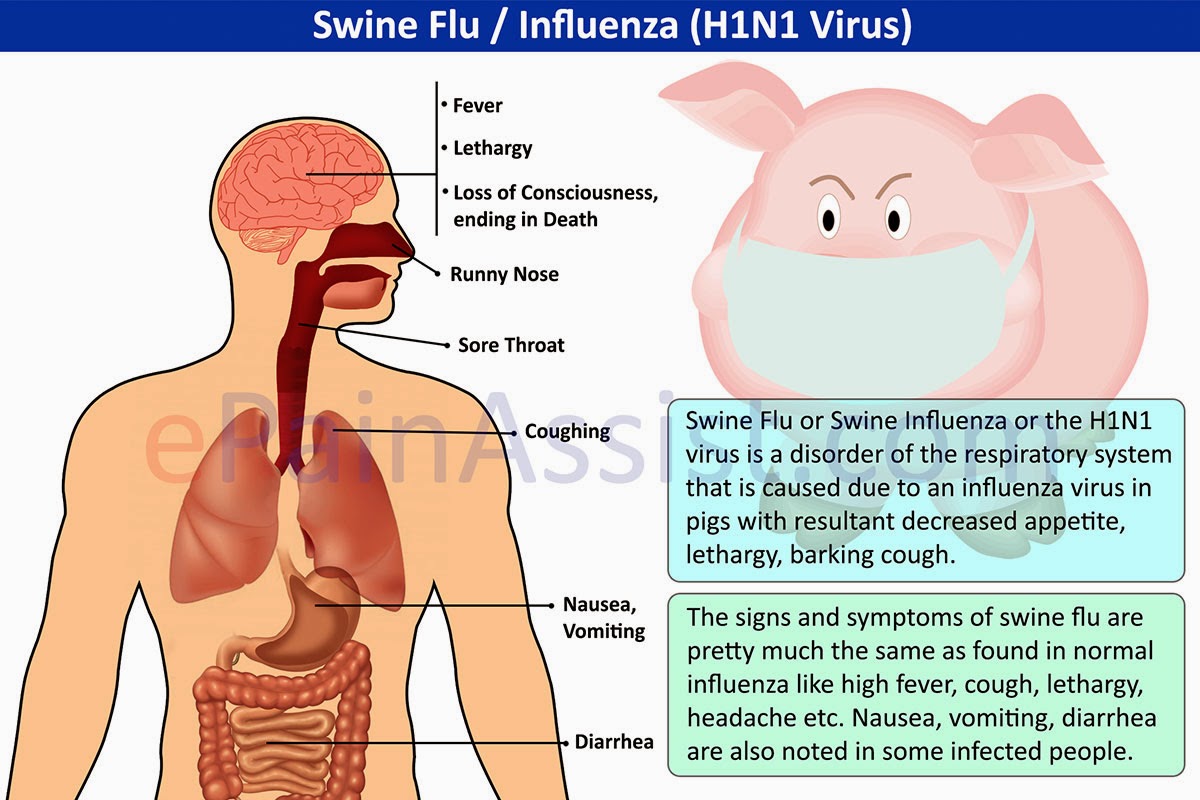
It is believed that nausea – a sign of toxicosis – manifests itself only in the first trimester and in the morning. However, a woman can become ill at any time, and the desire to vomit is often accompanied by a severe headache.
The pain syndrome is more pronounced if the restructuring of the body against the background of the development of the fetus passes with problems [1].
There is also late toxicosis, which appears in the last months of pregnancy. This is a dangerous condition that requires a consultation to assess the severity and provide assistance. This condition can become extremely dangerous if the necessary measures are not taken in time.
The reverse is also possible. When pressure drops, as in hypotonic VSD, the head hurts, dizziness, the person begins to feel sick
Migraine
Until recently, an incurable condition characterized by periodic attacks of severe headache localized in one part of the head, accompanied by a feeling of weakness, nausea.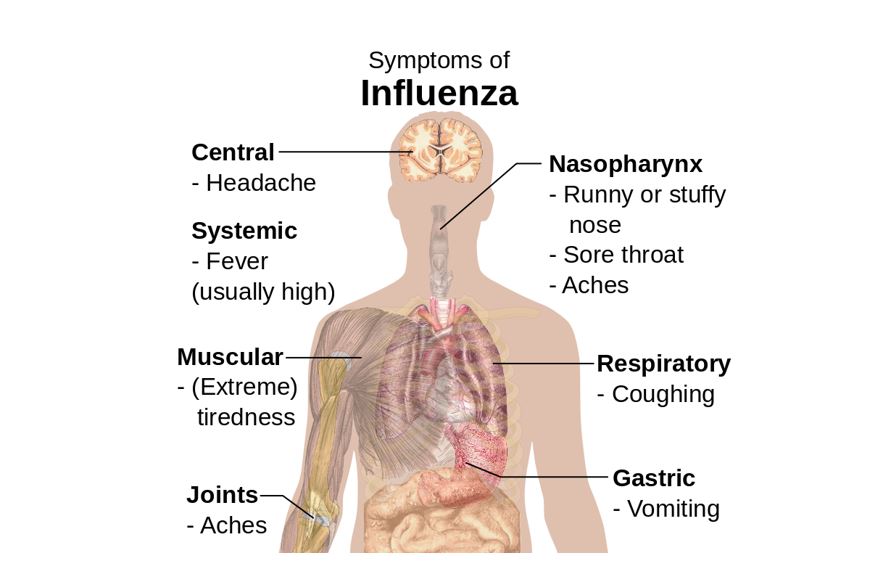 Vomiting during attacks does not happen often and under the influence of external irritants: bright light, loud sounds, strong, even pleasant, smells.
Vomiting during attacks does not happen often and under the influence of external irritants: bright light, loud sounds, strong, even pleasant, smells.
Poisoning
Toxic substances can enter the body in various ways: with food, in the form of inhaled substances. Poisons penetrate through the mucous membranes or with the bite of a dangerous animal, insect.
Alcohol and drugs are also toxins.
If you have a severe headache, then feel sick and vomit, you need to exclude such a condition.
You can try to cleanse the body of toxins on your own, but in critical situations you need urgent medical help.
Infectious and viral diseases
Often accompanied by severe headache, weakness and nausea [2].
Symptoms arise from the general effect of the infection on the body: fever, intoxication.
Influenza or tonsillitis does not require the presence of a high temperature for the development of a disease state. And in case of infection with rotavirus infection, digestive problems, diarrhea and vomiting become the main manifestations in the first days of the disease.
Intracranial hemorrhage
Critically dangerous conditions. A dangerous type of stroke is possible – hemorrhagic, when a person’s consciousness is disturbed, convulsions, nausea, and vomiting do not bring relief.
The second option is a hemorrhage in the meninges. It is manifested by extremely severe pain, concentrated in a specific place on the head. A little later, due to compression of the substance of the brain, intracranial pressure rises and uncontrollable vomiting joins [3].
Tumors
A neoplasm in the brain, benign or malignant, located inside the skull, can cause not only a constant, worsening in the morning, pressing headache, but also nausea with vomiting.
A similar effect is caused by squeezing of blood vessels, resulting in problems with oxygen saturation of tissues. An increase in intracranial pressure also manifests itself in a similar way.
Meningitis
Bursting pain in the head, fever, nausea and vomiting for no reason even on an empty stomach are symptoms of an onset inflammation of the meninges due to a bacterial or viral infection of the meninges.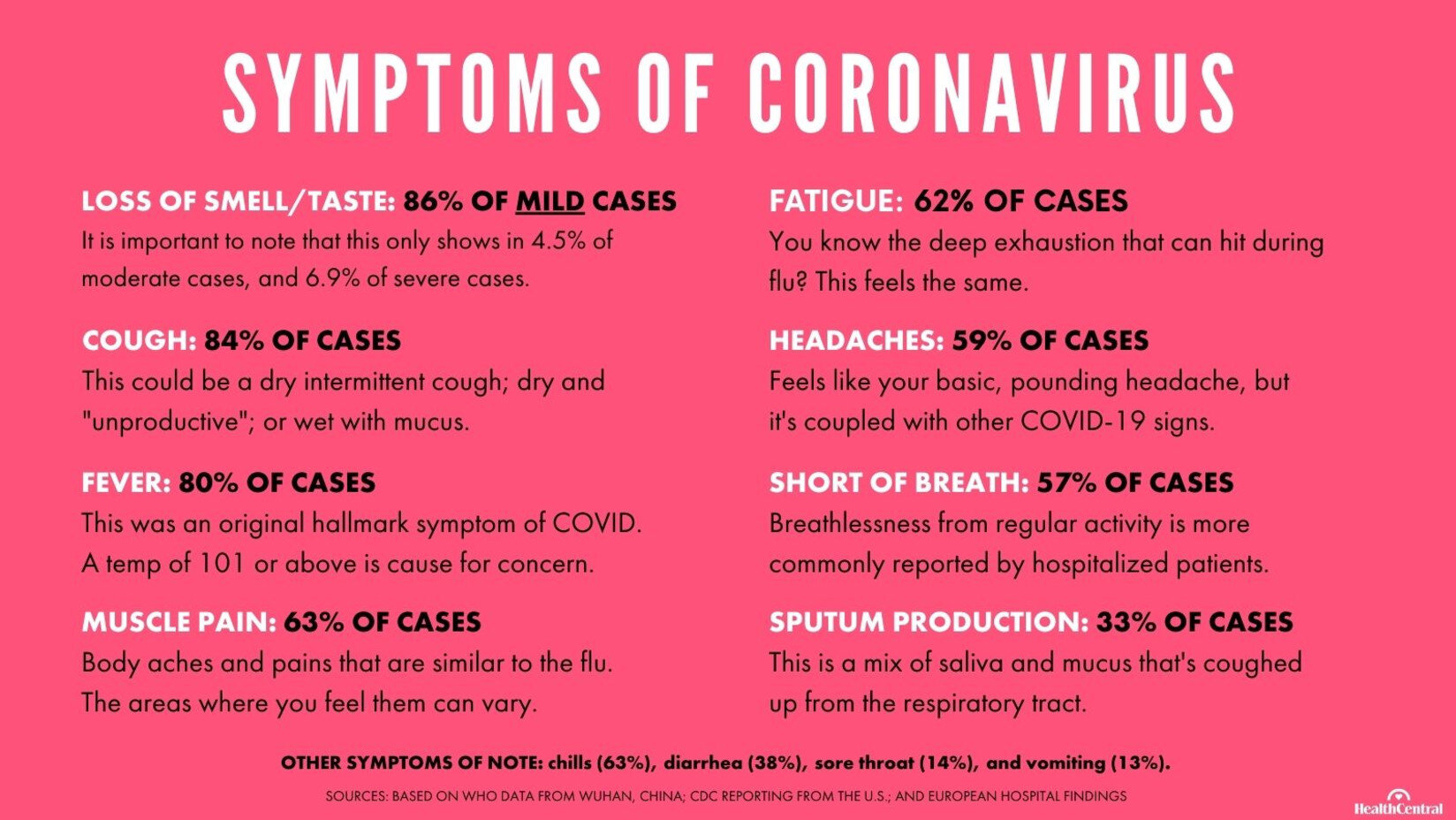
These symptoms mean that you should immediately go to the hospital. Staying without help for even a few hours, in this case, is deadly.
Injury
A blow to the head during a fall, an accidental bruise, can provoke a concussion. In addition to the symptoms already mentioned, an unpleasant condition is accompanied by pallor, problems with orientation in space, and lethargy.
When do you need urgent medical attention?
If you throw up and have a severe headache, this does not mean that you need to call an ambulance.
Most of the conditions that lead to this feeling can be dealt with on your own. However, there are symptoms that indicate the severity of the disease [4]:
- The duration of the pain attack is more than a day.
- Dehydration begins.
- Loss of consciousness.
- The occurrence of convulsions.
- Painkillers do not relieve discomfort.
- Significant increase in pressure.
 Even after taking the usual pills, it does not normalize.
Even after taking the usual pills, it does not normalize. - The urge to vomit continues even if the person has not eaten anything for some time.
Dangerous manifestation of such symptoms in late pregnancy, when nausea and vomiting are a sign of eclampsia, that is, late toxicosis. Observation of a doctor is highly recommended, because such a condition can lead to the death of the mother or child.
How to alleviate the condition?
In a mild situation, the patient himself is able to cope with the discomfort that has arisen by identifying the root of the problem. For starters, if the head hurts a lot, nausea and vomiting occur, but without a temperature in an adult, they determine what it is.
Then select the appropriate tactics of struggle [5]:
- Take a painkiller and spend some time in peace and quiet.
- In case of food poisoning, it is advisable to wash the stomach and take an absorbent that helps to get rid of toxins in the body.

- If you have poisoned yourself by inhaling a moderately toxic substance (smoke), a large amount of fresh air will help.
- If you have high blood pressure, you need to stabilize it by taking the right medicine.
- If a cold has developed for all the symptoms, then attention is paid to increasing the amount of warm liquid you drink.
In the case of an infection, remember: how much a person has drunk, the same amount should be excreted in the urine. Otherwise, immediately go to the hospital.
Diagnosis
The initial examination is carried out by a general practitioner or neurologist.
Their task in case of severe headache, nausea and vomiting is to understand what it is, what are the causes of the condition, and decide what to do next, what diagnostic methods to use.
To clarify the condition, an examination by hardware methods is prescribed:
- Ultrasound examination of cerebral vessels with dopplerography.
 Transcranial dopplerography helps to identify possible problems with blood flow and saturation of brain tissue with the necessary oxygen.
Transcranial dopplerography helps to identify possible problems with blood flow and saturation of brain tissue with the necessary oxygen. - MRI or CT, in some cases with contrast staining. Methods help determine the state of the brain. It is possible to obtain an image of any site in 3D format. Relevant when there is a suspicion of a neoplasm or aneurysm.
- Additional examination for pathology of internal organs. Additional studies are prescribed if a systemic disease is suspected.
For selected patients, blood is analyzed in the laboratory to determine the possible presence of toxic toxins, hormonal imbalances or reduced oxygen levels.
After receiving the results of the examinations, the doctor will be able to establish an accurate diagnosis and determine promising methods of therapy.
Treatment
Quite often, with such vivid symptoms as nausea and vomiting without fever and severe acute headache in an adult, the cause of this condition is a serious illness, what to do in this case, the doctors of the clinic decide after receiving all the results research.
The treatment regimen may include a variety of areas of therapy:
- Surgical intervention in case of detection of tumors, cysts, aneurysms.
- Medical conservative treatment. The course includes not only pain relief, but also the elimination of the initial causes of poor health.
- Massages, traditional and acupuncture [6].
- Physiotherapeutic procedures aimed at restoring the well-being of the patient.
After completing the treatment, the doctor will tell you about preventive measures that will help you stay healthy for a long time.
References
Was this article helpful?
You can subscribe to our newsletter and learn a lot of interesting things about the treatment of the disease, scientific achievements and innovative solutions:
Your e-mail
I agree with the privacy policy and the processing of personal data
Please leave this field empty.
We’re sorry!
How can this article be improved?
Please leave this field empty.

 2°F (39°C)
2°F (39°C)

 4.1 Source of pain and vomiting
4.1 Source of pain and vomiting 9.2 Herbs and essential oils
9.2 Herbs and essential oils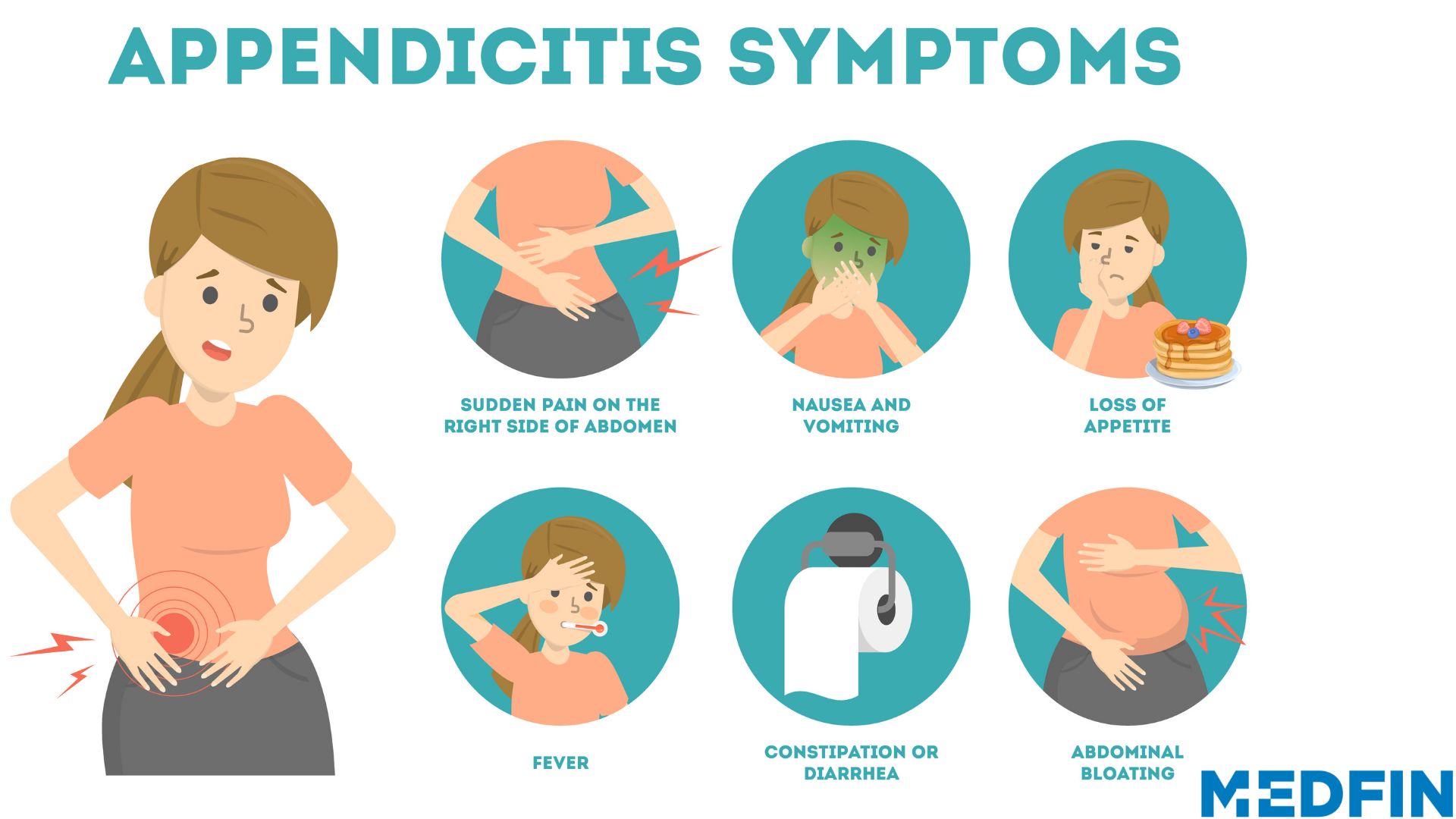 John’s Wort
John’s Wort Even after taking the usual pills, it does not normalize.
Even after taking the usual pills, it does not normalize.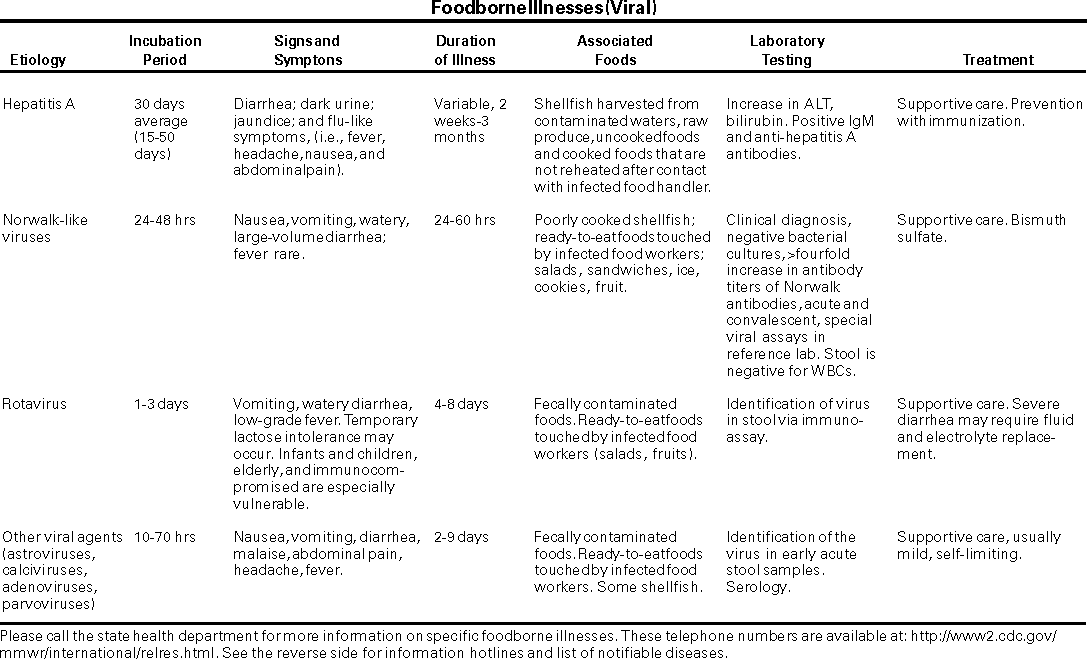
 Transcranial dopplerography helps to identify possible problems with blood flow and saturation of brain tissue with the necessary oxygen.
Transcranial dopplerography helps to identify possible problems with blood flow and saturation of brain tissue with the necessary oxygen.